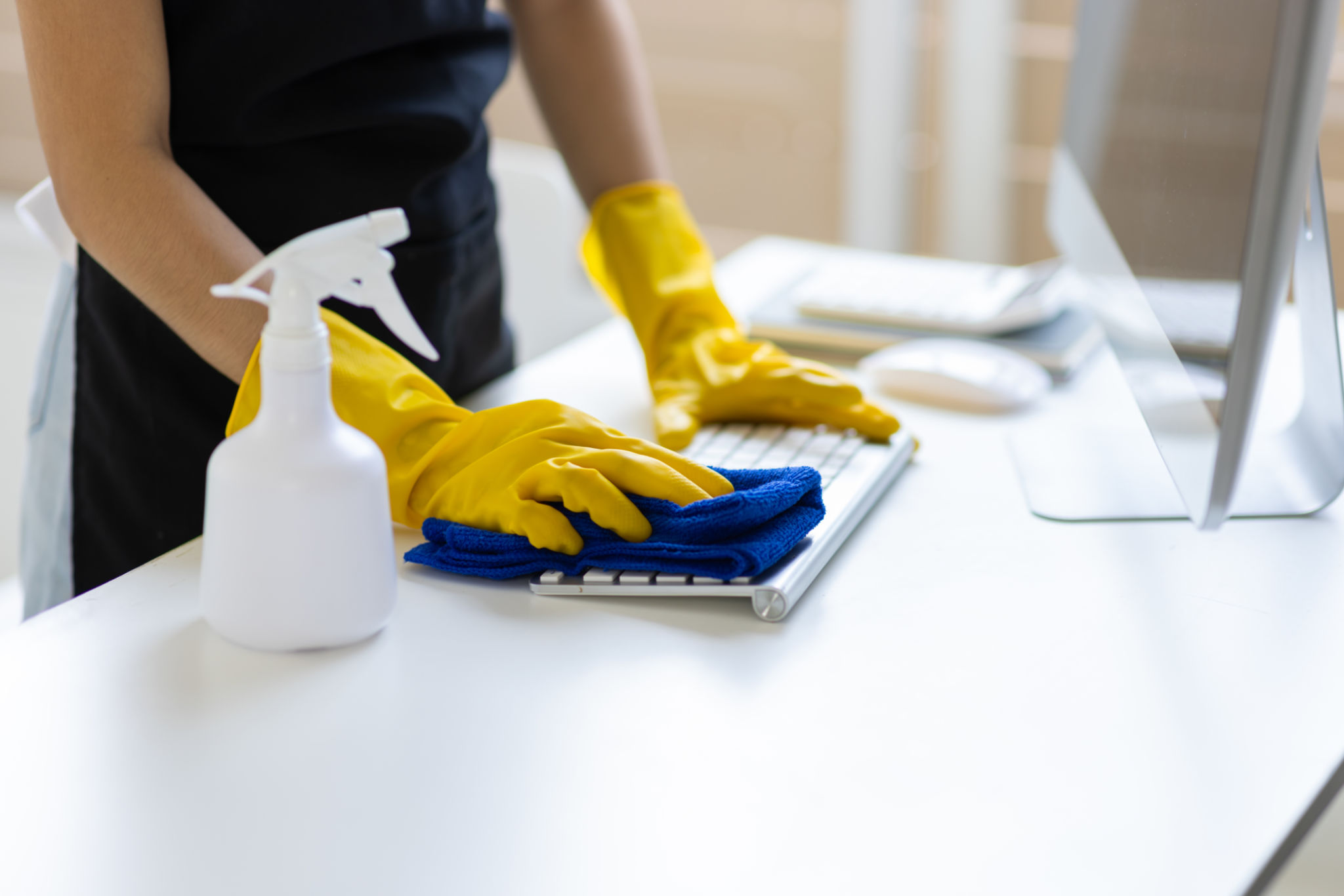Top Pressure Washing Techniques to Revive Your Home's Exterior
Understanding the Basics of Pressure Washing
Revitalizing your home’s exterior can significantly boost its curb appeal, and pressure washing is one of the most effective ways to achieve this. Understanding the basics of pressure washing, including the equipment and techniques, is crucial to ensure a thorough and safe cleaning process. Pressure washers come in various types, including gas and electric models, each suited for different tasks.
The key to effective pressure washing lies in selecting the right pressure setting. Using too much pressure can damage surfaces, while too little might not clean effectively. Generally, lower pressure is ideal for delicate surfaces like wood or painted areas, while higher pressure can be used for sturdier materials like concrete.

Preparing Your Home for Pressure Washing
Before you begin pressure washing, it's important to prepare your home. Start by removing any obstacles or furniture from the area you plan to clean. Cover any electrical outlets and delicate plants with plastic sheeting to protect them from water damage. Also, inspect your home's exterior for any signs of damage, such as loose siding or chipped paint, which could be exacerbated by pressure washing.
Additionally, applying a suitable cleaning solution can help break down dirt and grime more effectively. Many pressure washers come with attachments that allow for easy application of soaps or detergents. Be sure to use a biodegradable cleaner that’s safe for your landscaping and the environment.

Mastering Different Pressure Washing Techniques
There are several techniques to master when pressure washing different parts of your home. For vertical surfaces like walls and siding, start at the bottom and work your way up. This prevents streaks and ensures even cleaning. Always maintain a consistent distance from the surface to avoid damage.
For horizontal surfaces such as driveways and patios, use a sweeping motion and overlap each stroke slightly to avoid missing spots. If your driveway has stubborn stains, consider using a rotary nozzle attachment, which provides additional cleaning power.

Pressure Washing Dos and Don'ts
- Do wear safety gear such as goggles and gloves to protect yourself from flying debris.
- Do test a small, inconspicuous area first to ensure the pressure setting won’t damage the surface.
- Don’t use a ladder while pressure washing; the force can easily knock you off balance.
- Don’t point the nozzle at people, pets, or fragile items.
Maintaining Your Pressure Washer
Proper maintenance of your pressure washer is essential for it to function effectively over time. After each use, ensure all detergents are flushed out of the system by running clean water through it. Regularly check hoses and nozzles for any signs of wear or damage and replace them as necessary.
If you own a gas-powered model, changing the oil and spark plugs periodically will keep the engine running smoothly. Additionally, store your pressure washer in a dry place to prevent rust and other environmental damage.

When to Call in the Professionals
While DIY pressure washing can be effective for small projects, larger or more complex jobs might require professional help. If your home has multiple stories or if you’re dealing with sensitive materials, hiring a professional can ensure the job is done safely and effectively.
Professionals have access to commercial-grade equipment and specialized cleaning solutions that can tackle difficult stains or hard-to-reach areas. Moreover, they have the expertise to avoid causing damage to your home’s exterior while achieving optimal results.

